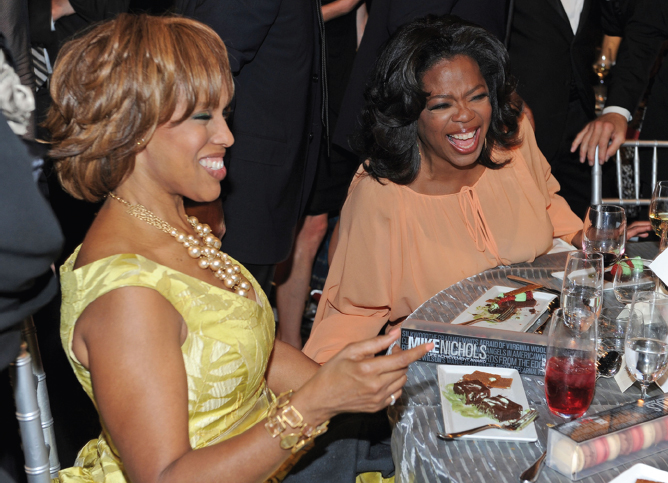Friendship and Social Relationships
As you learn about interpersonal relationships, remember the competent communication model from Chapter 1. There is no one right way to communicate with friends, family, or romantic partners because competent communication considers relational, situational, and cultural contexts. You may feel comfortable sharing personal information with your father; your friend Julie may not. You and your significant other may develop a communication style that simply wouldn’t work for your brother and his girlfriend.
As individuals grow and interact with people outside their families, they establish new, nonfamily relationships. Friendship is a close and caring relationship between two people that is perceived as mutually satisfying and beneficial. Friendship benefits include emotional support, companionship, and coping with major life stressors (Rawlins, 1992, 2008). Children who form successful friendships with others perform better academically and demonstrate fewer aggressive tendencies than those who do not (Doll, 1996; Hartup & Stevens, 1997; Newcomb & Bagwell, 1995; Rawlins, 1994; Weisz & Wood, 2005). And secure, stable friendships and family relationships serve to enhance children’s ability to process communication behaviors (Dwyer et al., 2010).
Although everyone has a personal opinion as to what qualities a friend should possess, research finds agreement on six important characteristics of friendship (Pearson & Spitzberg, 1990): availability (making time for one another), caring (expressing concern for well-
Some of the relationships you call “friendships” might actually be more accurately described as social relationships, relationships that are functional within a specific context but are less intimate than friendship. For example, you may have casual work pals with whom you can complain about your boss, people with whom you socialize via your ragtag pick-

AND YOU?
Question
What characteristics do you consider most important in your friendships? How do they compare to the characteristics mentioned in the research? Do your friends meet your expectations? As a friend, do you exhibit the characteristics you listed as most important?